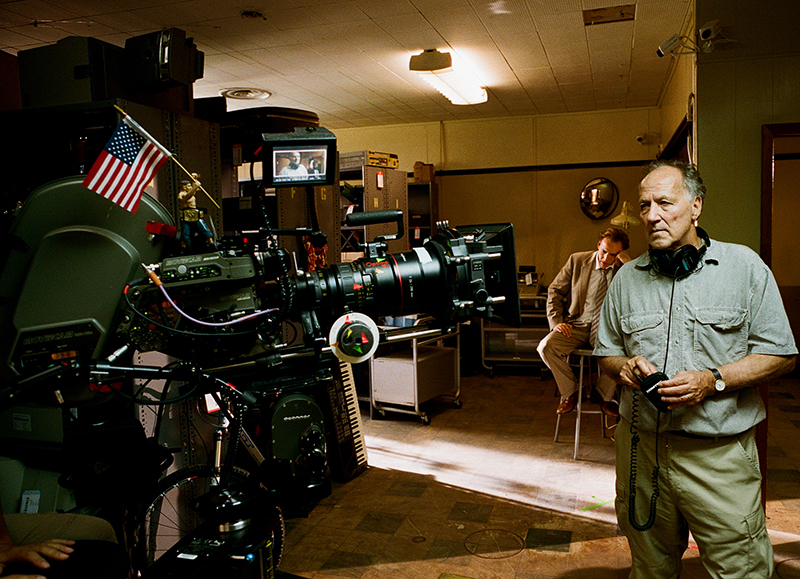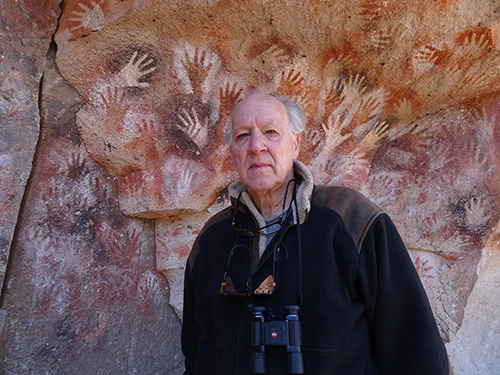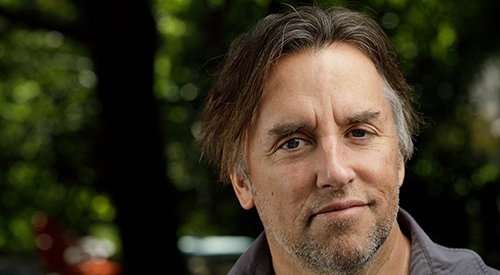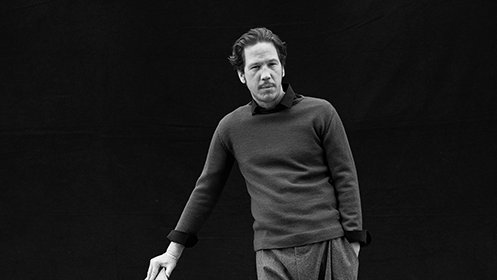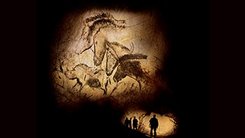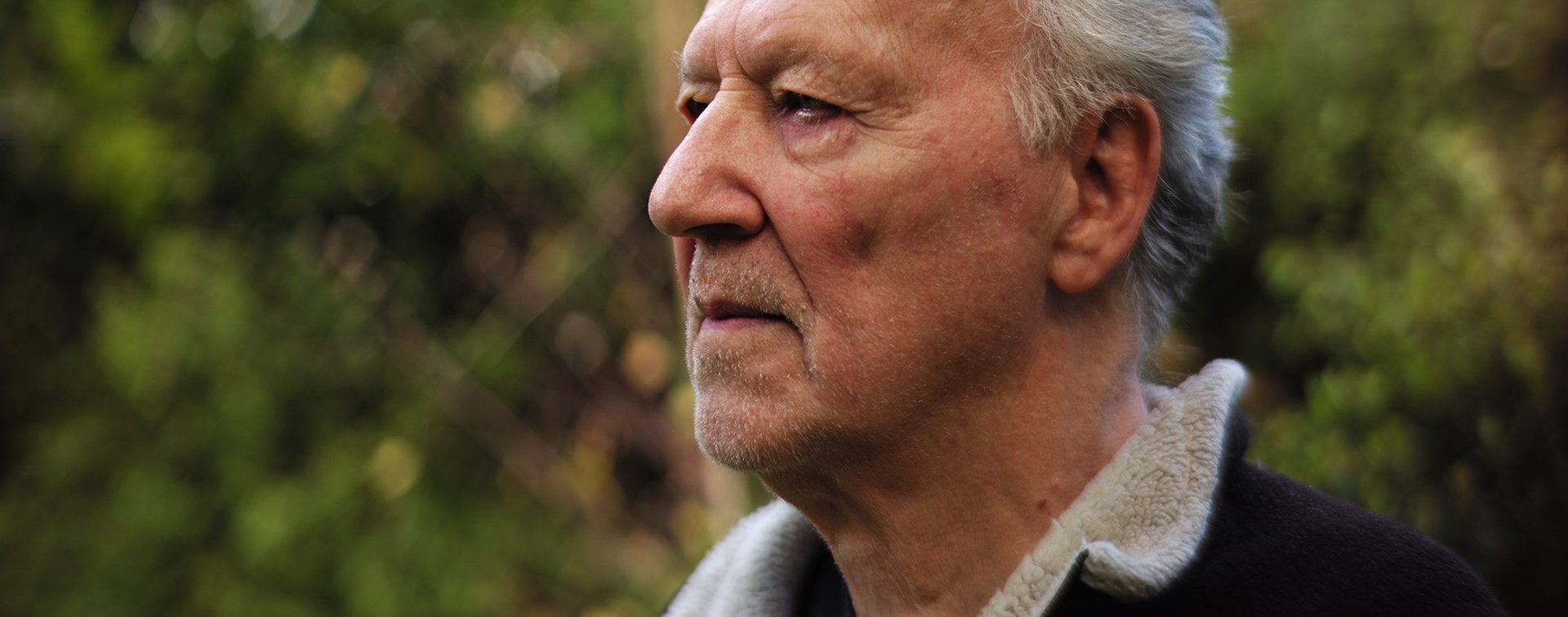
Le Centre Pompidou &... Werner Herzog
A filmmaker of grandeur, Werner Herzog has crafted a dense, eclectic, and adventurous body of work—passionate and captivating—since the mid-1960s, comprising over eighty films. Born in 1942, the German filmmaker grew up in the secluded mountains of Upper Bavaria before journeying to Egypt and Sudan, where he directed his first short film at 19. From the outset, Herzog established the essence of his approach, rejecting the fiction-documentary divide in favor of a quest for a "truth beyond facts, deeper than facts."
From his native Germany to the Amazon jungle, the vast deserts, and the icy poles, the indefatigable traveler seeks the epic dimension that defines his pioneering work in the German cinema revival of the 1970s, including The Enigma of Kaspar Hauser and Aguirre, the Wrath of God. Herzog's passion for extremes leads him to extraordinary shooting situations and encounters, the most iconic being with actor Klaus Kinski, culminating in Fitzcarraldo (1983). Since the mid-1980s, though less in the media spotlight, Herzog has never stopped searching for life's intangible essence through his images.
From his native Germany to the Amazon jungle, the vast deserts, and the icy poles, the indefatigable traveler seeks the epic dimension that defines his pioneering work in the German cinema revival of the 1970s.
In 2009, the Centre Pompidou honored Herzog’s singular oeuvre with a comprehensive retrospective featuring fifty-five films. This year, a new invitation to the master of contemporary German cinema offers the opportunity to explore works he has directed since then. Featured are: Cave of Forgotten Dreams (2010), Bad Lieutenant: Port of Call New Orleans (2010), My Son, My Son, What Have Ye Done (2009), Into the Abyss (2011), Meeting Gorbachev (2018), Nomad: In the Footsteps of Bruce Chatwin (2019), and Herzog's latest film, The Fire Within: Requiem for Katia and Maurice Krafft (2022), premiering ahead of its December 18, 2024 theatrical release. The filmmaker shares his memories of the Centre Pompidou here.
« The retrospective of my work hosted by the Centre Pompidou at the end of 2008 was a truly lively moment. The audience was young, which was astonishing. Some people, however, were unaware that I had directed more than twenty films since Fitzcarraldo. Shortly before my retrospective, there had been one dedicated to Jean-Luc Godard, and I was told that the audience for Godard was roughly his own age. Personally, I don’t want a retrospective for old men and women.
I’m curious to see Paris again and to observe how audiences have evolved. Over the past fifteen years, everything has changed rapidly, particularly with the major shift toward streaming platforms. The idea of a retrospective doesn’t bother me, even though I never look back—neither at my life nor my films. I’m not one to revisit my past work. In fact, I rarely, if ever, rewatch my films, and only for very specific reasons. Reflecting on my career simply doesn’t cross my mind—nor does the notion of retirement. In these past fifteen years, I’ve made over twenty films, and I just recently completed the shooting of a new documentary, Ghost Elephants.
Reflecting on my career simply doesn’t cross my mind—nor does the notion of retirement.
Werner Herzog
I’m delighted to return to the Centre Pompidou, such a remarkable venue. I remember its inauguration—it was groundbreaking, entirely unique, and seemed self-evident in its originality. I’m quite moved to present the screening of Cave of Forgotten Dreams there (on December 12th). It will mark the 30th anniversary, almost to the day, of the cave’s discovery in Ardèche. I’m also particularly eager to show my new documentary, The Fire Within: A Requiem for Katia and Maurice Krafft (2022). As you know, Katia and Maurice Krafft were French volcanologists and filmmakers who lost their lives in 1991 during an eruption on Mount Unzen in Japan. Yet, they left behind archival footage of unprecedented beauty and intensity. I’ve always been fascinated by volcanoes. In the 1970s, I directed a film in Guadeloupe about the Soufrière volcano (La Soufrière, 1977), and later I collaborated with volcanologist Clive Oppenheimer on a documentary, Into the Inferno (2016). What intrigues me isn’t geology itself, but rather the cinematic quality of volcanoes. This new film is more than a tribute to the Kraffts’ work; it’s a celebration of cinema itself. I’m coming to the Centre Pompidou to celebrate cinema.
I’m coming to the Centre Pompidou to celebrate cinema.
Werner Herzog
Still, I believe it will be my writings—my books and my poems—that will outlast me. This legacy, like my recently published memoirs (Every Man for Himself and God Against All: A Memoir), may take 20 or even 50 years to fully resonate, but that doesn’t concern me. » ◼
Related articles
In the calendar
Portrait of filmmaker Werner Herzog
Photo © Lena Herzog
